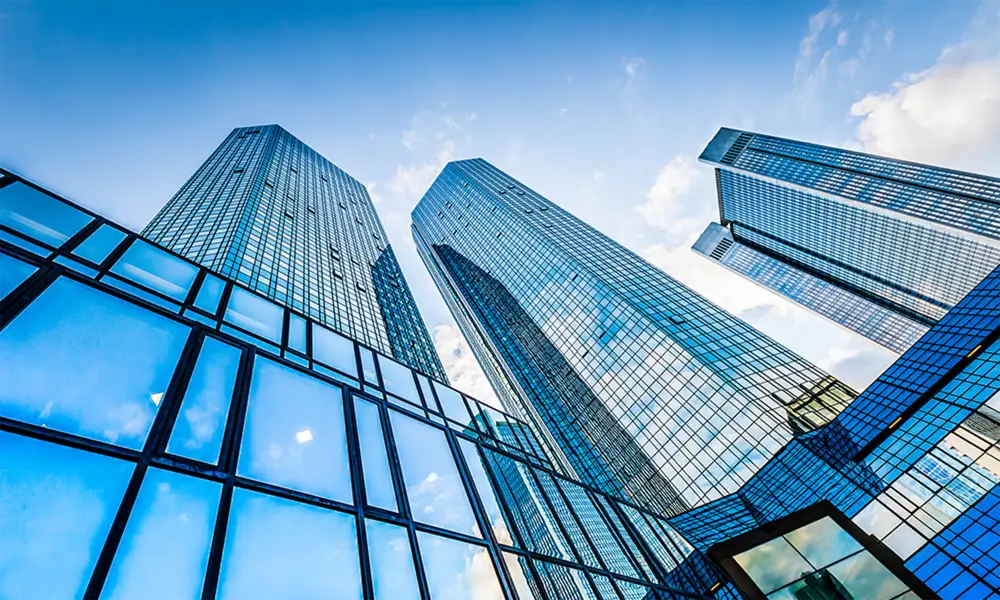

The Versatility and Importance of Standard Float Glass
Standard float glass is a fundamental material in the world of construction, architecture, and design. It is characterized by its smooth surface, uniform thickness, and superb optical clarity, qualities that make it a preferred choice for a myriad of applications. The production process of float glass, first developed in the 1950s by Sir Alastair Pilkington, revolutionized the glass industry and set a benchmark for quality and efficiency.
The manufacturing process of standard float glass involves melting raw materials, including silica sand, soda ash, and limestone, at high temperatures to create molten glass. This molten glass is then floated on a bed of molten tin, allowing it to spread out evenly and form a flat surface. As it cools, the glass undergoes a process called annealing, which helps eliminate internal stresses, ensuring durability and longevity.
One of the primary advantages of standard float glass is its clarity. The manufacturing process minimizes impurities and bubbles, resulting in a product that allows for maximum light transmission. This quality makes it ideal for various applications, including windows, doors, and facades. Natural light is a critical element in modern architecture and design, and standard float glass helps create bright, inviting spaces.
Moreover, float glass can be cut and shaped easily to meet specific design requirements. Its versatility allows architects and designers to use it creatively, whether in large commercial buildings or smaller residential projects. From glass partitions and balustrades to furniture and decorative elements, the applications of standard float glass are virtually limitless.

In addition to its aesthetic appeal, standard float glass offers functional benefits. It can be treated to enhance its physical properties, such as thermal insulation and impact resistance. Laminated or tempered variants of float glass are widely used in applications where safety and energy efficiency are paramount. For instance, in skyscrapers or high-traffic areas, laminated glass can prevent shards from scattering upon breakage, thereby safeguarding occupants.
Sustainability is another area where standard float glass excels. The manufacturing process has evolved to minimize environmental impact, with many companies utilizing recycled materials and adopting energy-efficient practices. Additionally, float glass can be recycled indefinitely without losing its quality, promoting a circular economy and reducing waste.
Despite its many advantages, standard float glass is not without limitations. Its vulnerability to thermal stress can lead to breakage in certain conditions, particularly when exposed to extreme temperature fluctuations. However, advancements in technology and manufacturing techniques have led to the development of specialized coatings and treatments that enhance its performance under challenging conditions.
In conclusion, standard float glass is more than just a building material; it is an integral part of modern architecture and design. Its optical clarity, versatility, and potential for customization make it a favored choice across various industries. As sustainability becomes increasingly vital in construction and design practices, the role of standard float glass will continue to grow. By adapting to new technologies and addressing its limitations, it remains a key player in shaping the environments where we live and work. Whether in residential homes or towering skyscrapers, standard float glass contributes to beautiful, functional, and sustainable spaces.